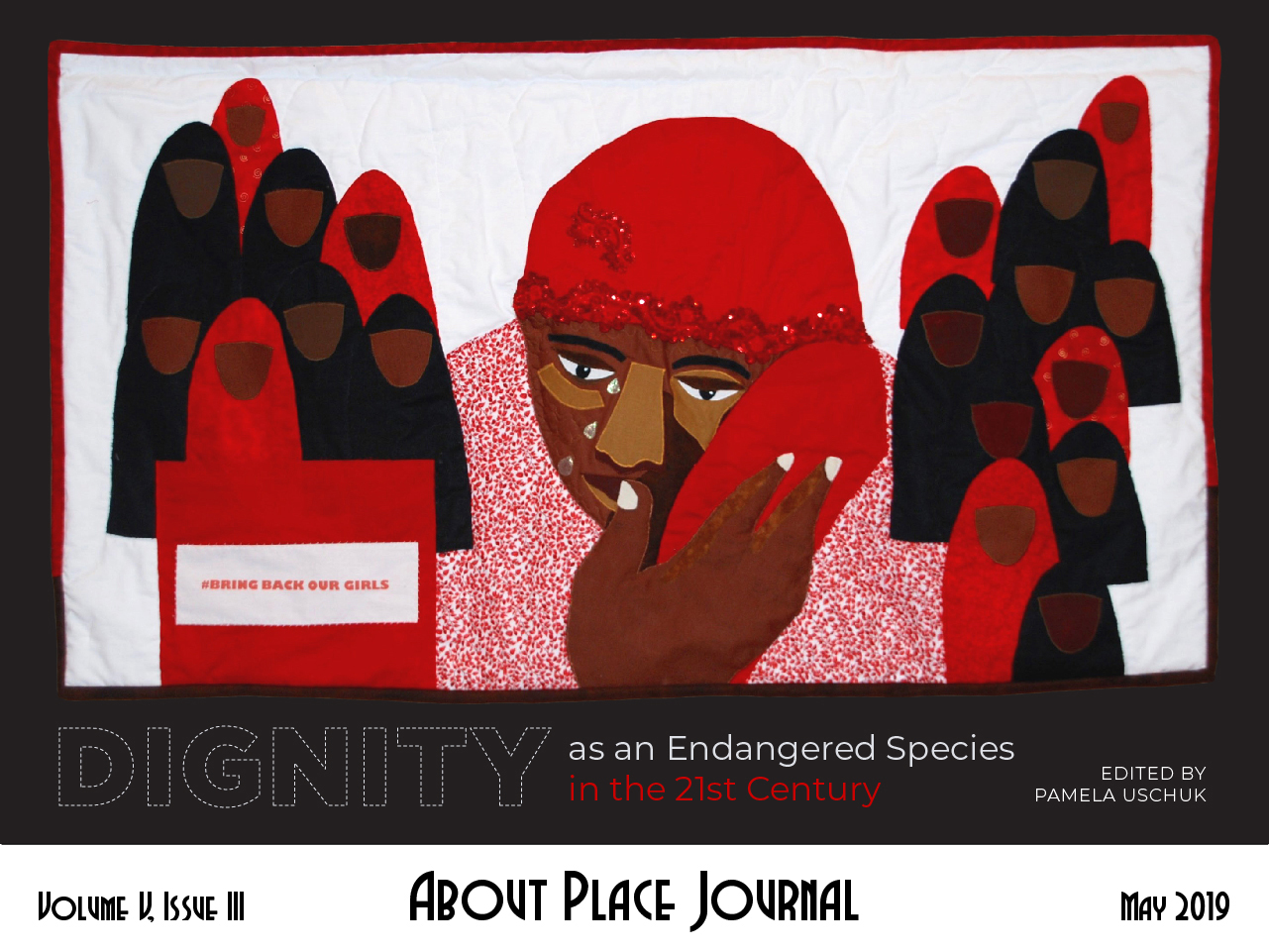my true stature is about two and a half feet tall,
and I say “I” as a grammatical necessity since someone
must say: the condition of suffering
has no “I”, anymore than pain has a body but is the
situation
of days that suffer. On such days,
I am only an inch and a half taller than most, like
these two figures,
both women because shrouded
in horse and human hair.
The hair looks like a dress,
even though it falls
on the floor behind them and goes on for several rivers
of unraveling braids, loosed meadows of manes.
They could almost be brides trailing trains
except that they are wearing hair, and I say ‘their’
hair as a grammatical necessity
because it appears to be growing
out of their figures, but, in fact, they wear
tresses harvested from many heads, until they are only the
historical condition
of hair. Figures of wax cast statuary,
they each have no face
to look with
or to be looked into. One to the wall;
the other a foot away, so self-absorbed
the face becomes an interior wall…
We too are made of wax,
we have no face with which
to look into
what is scissored from the suffering
of many horses, many human heads,
that we bear, dragging along:
the situation of suffering is
also the situation moving
surely to the wall, and also the wall itself.
Like us, they appear unaware
of one another,
though their hair meets in the middle of the floor,
the almost black river of one entangled, entwining,
with the chestnut colored river of the other,
and if the tips touch, the coils entwine,
it seems by accident. Unaware that they
touch, they are oddly one,
oblivious to the hair that they wear like a single dress, that follows
behind them like one bride trailing one train, one stress,
one tress, one wax face, scissored apart,
moving through a world made of things. Perhaps
this is how we are, in our suffering, moving slowly to that wall
where there is no I and no one to say you,
where this is how we meet, on days that suffer.


